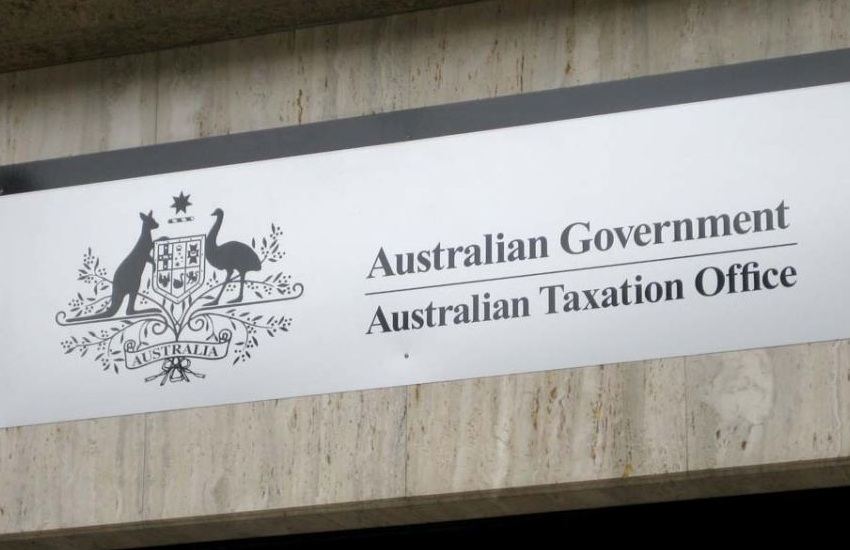ATO highlights more granular data for tax time 2020
TaxTax agents who are not already lodging granular data for deductions will have to do so from 1 July 2019 as the ATO looks to roll it out across different schedules ahead of tax time 2020.

From 1 July 2019, the ATO will receive the line entry data for all deductions, including work-related expenses, entered in tax agents’ practice management software for 2018–19 and later individual tax returns.
Most agents may already be entering this level of detail, but it will be made mandatory across the board for tax time 2019 to align with the information the ATO receives from self-prepared returns lodged online using myTax.
According to the ATO, granular data will be introduced in agents’ software by their digital service provider in a phased approach.
A new multi-property rental schedule for individuals may be available from tax time 2019, but will be mandatory from tax time 2020, as well as a new income schedule and updated capital gains tax and non-resident foreign income schedules that will be mandatory from tax time 2020.
Granular data will give the Tax Office greater visibility over agents who are intentionally doing the wrong thing as well as to identify honest mistakes.
It will also allow the ATO to further refine their risk models to more accurately provide tailored assistance in relation to specific claims, while also allowing them to make future enhancements to see a greater level of detail for clients’ historical returns, from their previous agents as well as myTax.
The changes follow the ATO’s first Individuals Not in Business Tax Gap report, detailing an $8.7 billion gap which it contends is mainly driven by incorrect claims for deductions for work-related expenses and omitted income such as undeclared cash wages.
The findings were exacerbated by news that tax agent-prepared returns required more adjustments as compared to self-prepared returns — 78 per cent, compared to 57 per cent, respectively.



